A new high-speed railway line in central China's Hubei Province started operation on Friday, connecting the capital city of Wuhan with Shiyan, a city located in the northwestern part of the province.
Dubbed the "most beautiful railway" in Hubei, the rail line brings some of the local attractions closer to tourists. It takes less than two hours to complete the whole journey from Hankou to Shiyan East on the fastest bullet train with a second-class ticket costing 213 yuan (30 U.S. dollars).
The long history and brilliant culture endow Hubei Province with numerous historical and cultural relics. Follow CGTN Travel and unlock a new way to explore what the province has to offer.

The Hankou-Shiyan high-speed railway in central China's Hubei Province. /CGTN Image
The Hankou-Shiyan high-speed railway in central China's Hubei Province. /CGTN Image
Hankou – Yellow Crane Tower
Divided by the Yangtze River, Wuhan is known as the "Three Towns of Wuhan" with Hankou and Hanyang on the west bank, and Wuchang on the east. When you arrive in Hankou, you can't miss the symbol and landmark of the city – the Yellow Crane Tower, or in Chinese, Huanghe Lou.
For Chinese children, even before they have a chance to visit the tower, they have heard and learned about it in Chinese poems. Written by Cui Hao, the poem "Yellow Crane Tower" has made the site quite famous across the nation.
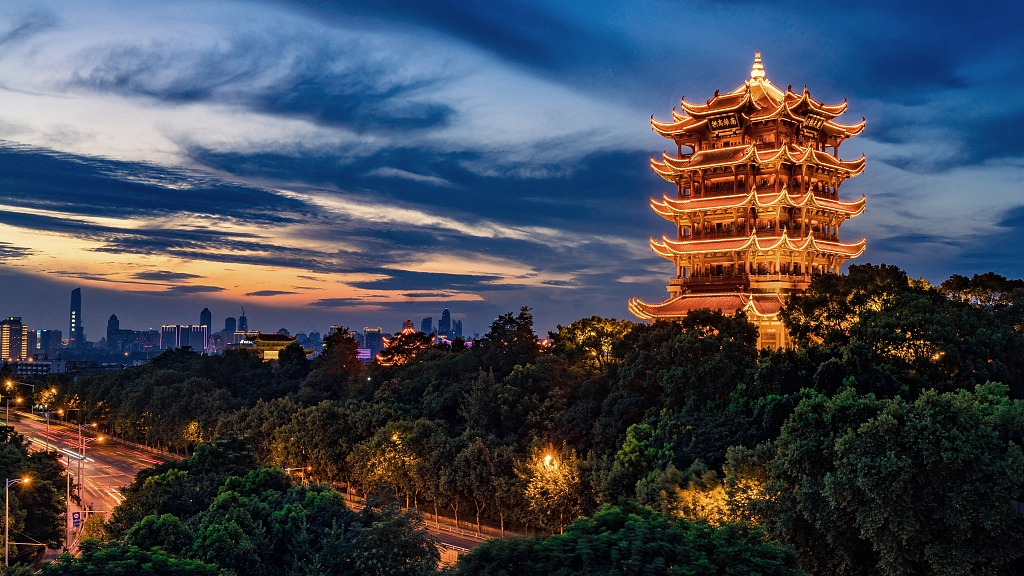
Yellow Crane Tower is located on the top of Snake Hill in Wuhan, Hubei Province. /VCG Photo
Yellow Crane Tower is located on the top of Snake Hill in Wuhan, Hubei Province. /VCG Photo
Standing 51.4 meters high, the Yellow Crane Tower is considered one of the "Three Great Towers of Jiangnan," together with Yueyang Tower in Hunan Province and the Pavilion of Prince Teng in Jiangxi Province.
On top of the tower, visitors are treated to a fabulous panoramic view of the Yangtze River, the bridge, as well as the surrounding buildings in Wuhan City. Outside the Yellow Crane Tower, there are bronze yellow cranes, memorial gateways, and pavilions.
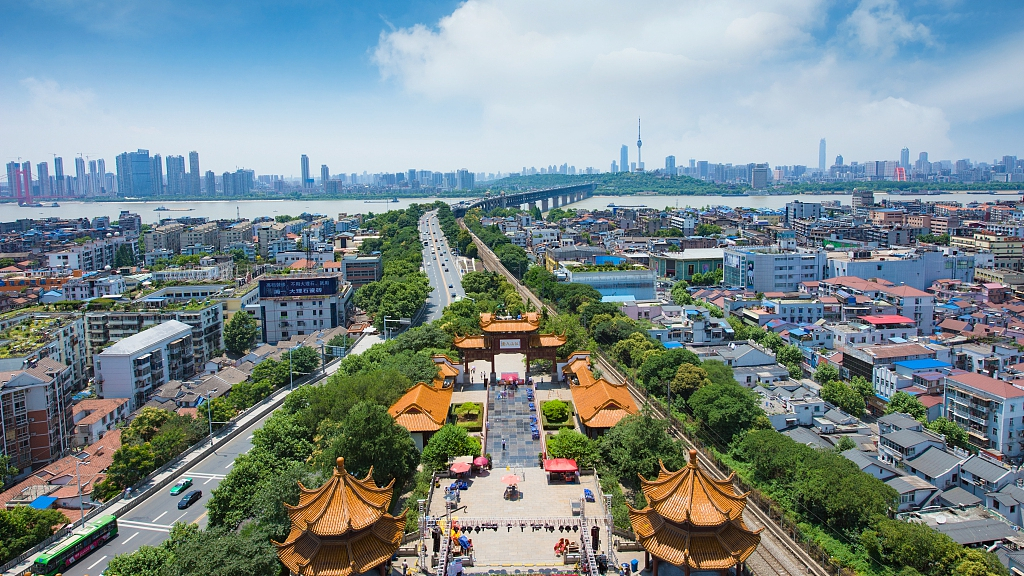
The view of Wuhan City from the top of the Yellow Crane Tower. /VCG Photo
The view of Wuhan City from the top of the Yellow Crane Tower. /VCG Photo
Suizhou South – Hometown of Emperor Yan
When traveling north to Suizhou, you have a chance to visit the hometown of Emperor Yan Shennong who is regarded as the ancestor of the Chinese people and the founder of Chinese agriculture. Today, it's a popular eco-cultural tourism spot.
Some visitors pay homage to the ancestor and experience the sacred relics, while others opt to enjoy the natural ecological scenery and immerse themselves in the Chinese farming culture exhibitions.
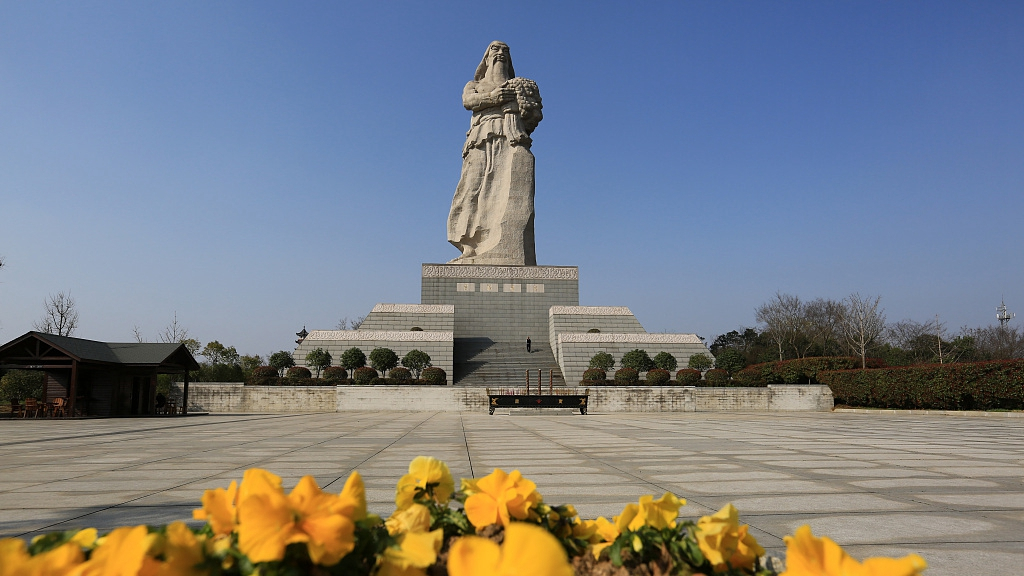
The Hometown of Emperor Yan in Suizhou, central China's Hubei Province. /VCG Photo
The Hometown of Emperor Yan in Suizhou, central China's Hubei Province. /VCG Photo
Xiangyang East – Longzhong Scenic Area
The high-speed train then takes you further west to Xiangyang, a city that is renowned for a great figure in Chinese history. Hidden in the mountainous region, Longzhong Scenic Area features the former residence of Zhuge Liang, a remarkable strategist and politician during the Three Kingdoms Period (220-280).
With a history of over 1,700 years, it is now a scenic area that boasts rich cultural relics, exquisite natural environment, and well-preserved ancient architecture.
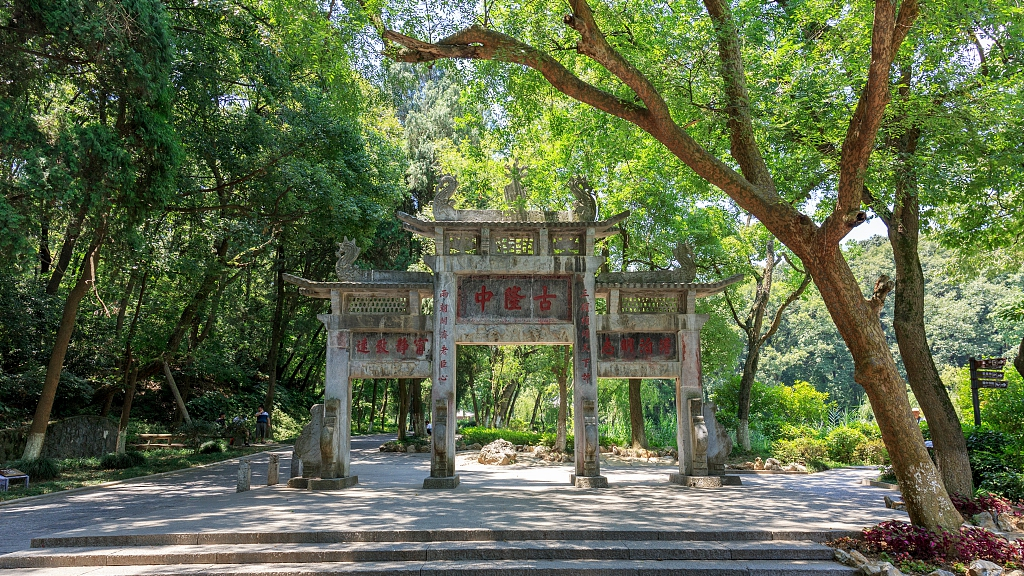
Ancient Longzhong is the main attraction in Longzhong Scenic Area. /VCG Photo
Ancient Longzhong is the main attraction in Longzhong Scenic Area. /VCG Photo
Danjiangkou – Wudang Mountain
Heading towards the city of Shiyan, don't miss the opportunity to visit one of the most distinguished Taoist mountains in China. Located in the northwest of Danjiangkou City, Wudang Mountain is a cultural treasure-house that is home to a Chinese ancient building complex on the mountain accompanied by picturesque landscape.
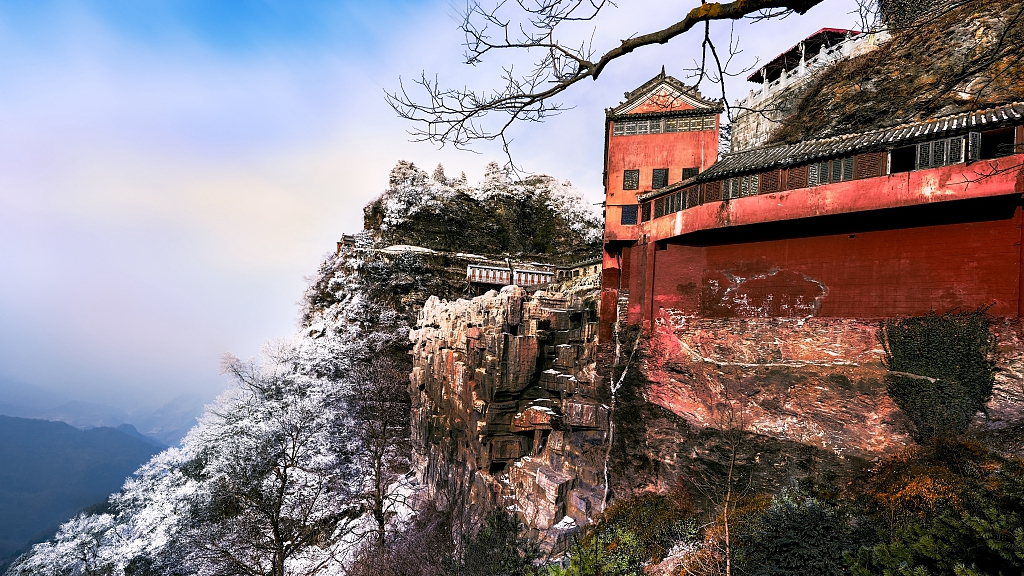
Wudang Mountain in Shiyan, central China's Hubei Province. /VCG Photo
Wudang Mountain in Shiyan, central China's Hubei Province. /VCG Photo
Most of the buildings were constructed in the Tang (618-907), Song (960-1279) and Yuan (1271-1368) dynasties. In 1994, the ancient building complex was inscribed in the World Cultural and Natural Heritage List by UNESCO.
(Cover image and infographic designed by Sa Ren)